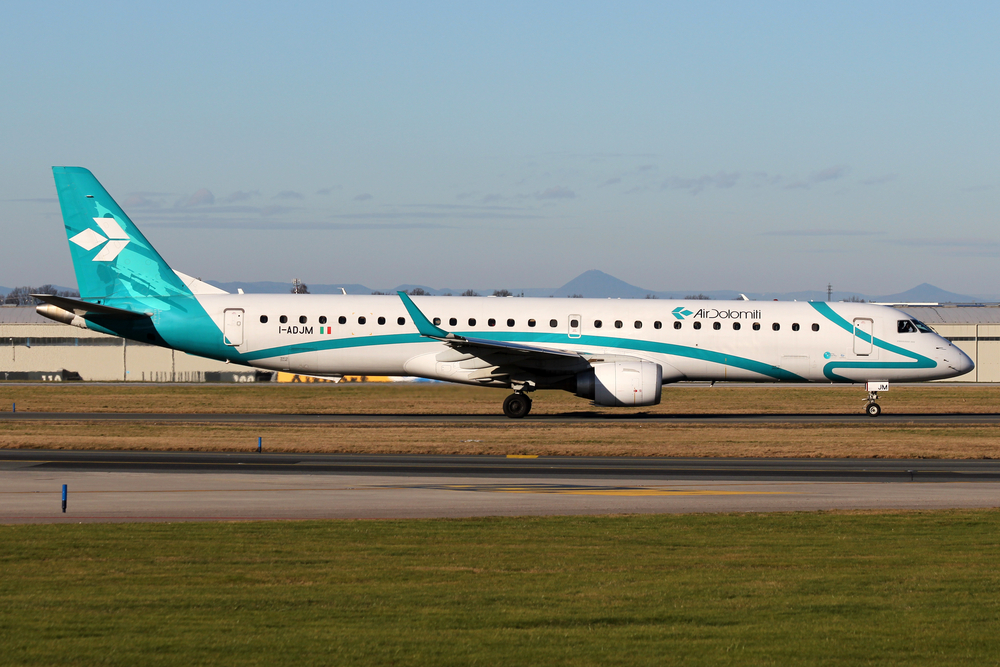Following the European Commission granting its final approval to the Lufthansa Group’s takeover of ITA Airways on November 29, 2024, the German airline’s initial plans for its latest acquisition have been revealed in a report published by the Italian language publication, Corriere Della Serra.
According to sources close to the negotiations, the report states that the plans for ITA Airways will see the carrier reinforcing the Lufthansa Group’s network on key international routes, improving and developing a ‘hub-and-spoke’ network model, and cutting loss-making services to regions that fall outside of the Group’s core operations.
The full integration of ITA Airways into the Lufthansa Group is expected to take at least two years, according to the report. This is because thousands of contracts with suppliers and customers around the world will have to be renegotiated, the basic commercial infrastructure of the Group will have to be changed, the use of aircraft, flight schedules, and connectivity will have to be optimized, fare bands will have to be aligned, and loyalty programs will have to be integrated.

Lufthansa reportedly wants to improve ITA Airways’ connectivity strategy and improve the number of connecting passengers using Rome’s Fiumicino Airport (FCO) as ITA Airways’ primary hub. Notably, it will be the regions of South America and Africa that will be given the highest of priorities for the expansion and development of the Lufthansa Group worldwide. ITA Airways is to be tasked with developing the Group’s presence in these markets that have traditionally been served by other European legacy carriers such as British Airways, Iberia, Air France, and TAP Air Portugal.
In terms of South American expansion, the Italian carrier will begin direct Rome to Bogotá flights in Colombia, competing with Air France from Paris and Iberia from Madrid, as well as Avianca, the national airline of Colombia. ITA Airways will also increase the frequency of flights to more Brazilian cities adding to the services it currently operates to Sao Paulo (GRU) and Rio de Janeiro (GIG).
With US destinations already well-served from Lufthansa’s Munich and Frankfurt hubs plus, ITA’s hub in Rome, Lufthansa is aiming to develop better connections to its US networks from Eastern Europe. ITA Airways will have a key part to play in this role, and it will also use its existing regional partner Air Dolomiti for certain services to smaller airports.

The German carrier also is seeking to sign an agreement with SkyAlps, another Italian regional airline that operates a fleet of De Havilland Canada Dash 8 aircraft to open up new regional European markets. Corriere notes that SkyAlps still needs to pass its IATA Operational Safety Audit (IOSA) so it falls in line with Lufthansa’s safety standards before such an agreement can be signed.
Elsewhere across the Lufthansa Group network, ITA Airways is being lined up to make a larger impact on the European-based leisure air travel market, in which it has been profitable in its history to date. While the Lufthansa Group already uses its subsidiary, Discover Airlines in this market, ITA Airways is seen as an ideal vehicle to expand the Group’s activities in this arena.
Lufthansa’s desire for wider expansion in the global airline market will not only be facilitated by the carrier’s acquisition of ITA Airways but also through the Group’s wider growth plans. Currently, the Lufthansa Group has stated an interest in acquiring TAP Air Portugal from the Portuguese Government when it comes up for sale expected to be sometime in 2025. It has also shown an interest in a potential upcoming IPO by Latvian carrier airBaltic.

